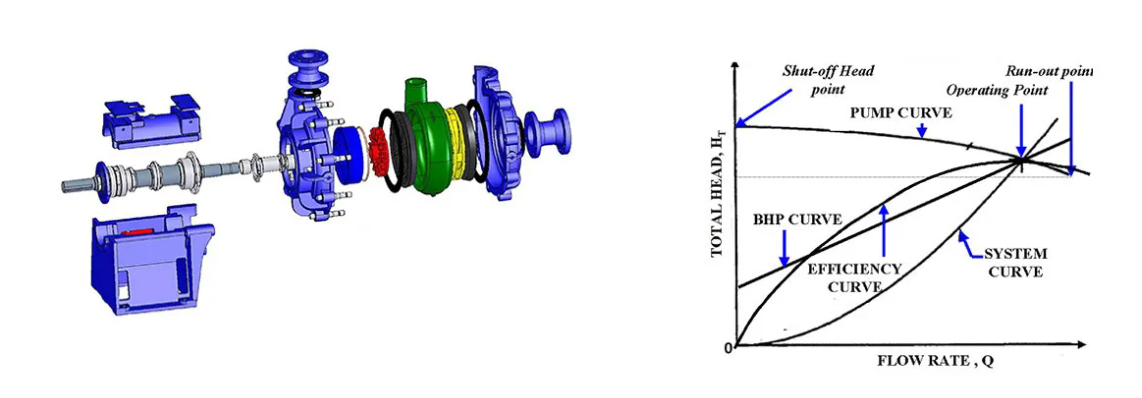Oct . 07, 2024 16:16 Back to list
china wetted parts for slurry pump manufacturer
Understanding the Importance of Wetted Parts in Slurry Pump Manufacturing in China
In the world of industrial pumping systems, slurry pumps play a critical role in moving mixtures of liquid and solid materials, especially in sectors such as mining, construction, and wastewater treatment. As the demand for efficient and reliable slurry pumps continues to rise, so does the importance of high-quality wetted parts in their design and manufacturing. This article delves into the significance of wetted parts for slurry pump manufacturers in China and explores the factors that contribute to their efficacy and durability.
What Are Wetted Parts?
Wetted parts refer to the components of a pump that are in direct contact with the pumped fluid. In the case of slurry pumps, these parts typically include the pump casing, impeller, wear plates, and other internal components that handle abrasive materials. Since slurry often contains solids like sand, gravel, or mineral concentrates, these wetted parts must be made from materials that can withstand intense wear and corrosive environments. The selection of appropriate materials significantly influences the performance, longevity, and maintenance requirements of the pump.
Materials Used in Wetted Parts Manufacturing
Chinese slurry pump manufacturers utilize a variety of materials for wetted parts to maximize their durability and efficiency
. Common materials include1. High Chrome Alloys Known for their exceptional hardness and abrasion resistance, high chrome alloys are a popular choice for impellers and wear plates. These materials can endure the severe conditions typically encountered in slurry pumping applications, making them ideal for long-term use.
2. Rubber Linings Some manufacturers employ rubber linings for wetted parts, particularly in applications where corrosion resistance is paramount. Rubber provides a flexible and resilient option that can absorb shocks and reduce wear, particularly in environments where chemical exposure occurs.
3. Stainless Steel In applications where corrosion is a concern but the abrasive nature of the slurry is less aggressive, stainless steel can be utilized. It offers good corrosion resistance and strength, making it suitable for certain wetted components.
china wetted parts for slurry pump manufacturer

4. Polymer Materials Innovations in polymer technology have led to the development of advanced materials that can resist both abrasion and corrosion. These materials are lightweight and can be engineered to meet specific performance needs.
The Role of Advanced Manufacturing Techniques
The efficacy of wetted parts in slurry pumps is also heavily influenced by the manufacturing techniques employed. Advanced manufacturing processes such as Precision Casting, CNC Machining, and 3D Printing are increasingly being adopted by manufacturers in China. These techniques enable the production of complex shapes and designs that enhance the pump's efficiency and performance.
Precision casting reduces the need for extensive machining, minimizing material waste and leading to more efficient production. CNC machining allows for exceptional accuracy in creating intricate designs, ensuring that parts fit together seamlessly. Meanwhile, 3D printing offers the ability to rapidly prototype and create customized parts tailored to specific slurry applications.
Quality Control and Testing
In order to ensure reliability and durability, Chinese slurry pump manufacturers prioritize quality control and extensive testing of their wetted parts. Rigorous testing procedures, including abrasion tests, corrosion tests, and performance evaluations, are essential to validate that the components can perform effectively under expected operating conditions. By adhering to international standards and certifications, manufacturers enhance their reputation in the global marketplace.
Conclusion
The importance of wetted parts in slurry pump manufacturing cannot be overstated. As the demand for efficient slurry handling systems grows, manufacturers in China are focusing on innovative materials, advanced manufacturing techniques, and stringent quality control processes to produce high-quality wetted parts. These efforts not only improve performance and longevity but also ensure that slurry pumps can reliably meet the challenges posed by abrasive and corrosive environments. Ultimately, the future of slurry pumping will depend on the continual evolution and optimization of wetted part technology, positioning Chinese manufacturers as key players in the global pumping industry.
-
Top Submersible Pump Companies High Quality Manufacturers & Suppliers in China
NewsJul.08,2025
-
High Quality Seal for 5 Inch Dredge Pump Reliable China Manufacturer & Supplier
NewsJul.08,2025
-
High-Efficiency Slurry Sand Pump from Leading China Manufacturer – Durable & Reliable Solutions
NewsJul.07,2025
-
High-Quality Slurry Pump Made in China Durable Steel Mill Slurry Pump & Parts
NewsJul.07,2025
-
High Quality Excavator Dredge Pump Manufacturer & Suppliers from China – Reliable, Durable, Efficient Solutions
NewsJul.07,2025
-
Wholesale Slurry Pump Closed Impeller Supplier High Efficiency China Slurry Pump Closed Impeller
NewsJul.06,2025
